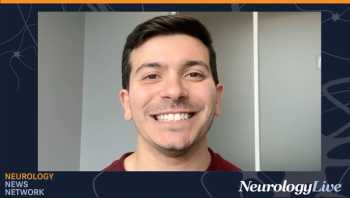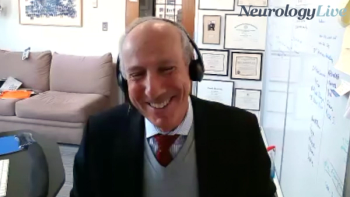
A Case of a 66-Year-Old Man With Parkinson Disease and Dyskinesia
Panelists discuss how a 66-year-old man with 8 years of Parkinson disease progression presenting with severe peak-dose dyskinesia affecting basic functions like eating and speaking, plus 4 hours of daily OFF time despite frequent dosing, represents a patient who should not have been allowed to progress to such advanced motor complications, emphasizing that the preferred approach is early intervention to treat motor fluctuations and dyskinesia as they develop rather than waiting until patients reach this severely impaired state with complex symptoms requiring more intensive management strategies.
This segment presents a second clinical case involving a 66-year-old man diagnosed with idiopathic Parkinson disease at aged 58 years who now presents with advanced motor complications after 8 years of disease progression. The patient demonstrates severe peak-dose dyskinesia significantly impacting fundamental daily functions including coordination, eating, and speaking. His complex motor fluctuations include approximately 4 hours of daily OFF time despite frequent medication dosing, representing substantial functional disability. Additionally, he experiences non-motor symptoms, including mild fatigue and occasional orthostatic hypotension, though he fortunately maintains good cognitive function. The patient's current medication regimen reflects an escalated treatment approach typical of advanced Parkinson disease management. He takes carbidopa-levodopa immediate release 25/100 mg four times daily, supplemented with controlled-release carbidopa-levodopa 50/200 at bedtime for overnight coverage. His regimen includes entacapone with each levodopa dose to enhance medication duration and safinamide 100 mg daily as an MAO-B inhibitor. This comprehensive pharmacological approach demonstrates attempts to optimize dopaminergic therapy while managing motor fluctuations, yet the patient continues to experience significant breakthrough symptoms and troublesome dyskinesia. The clinical discussion emphasizes an important philosophical approach to Parkinson disease management, advocating for early intervention rather than allowing patients to progress to such advanced stages of motor complications. The preference is to treat emerging motor fluctuations and dyskinesia when they first become slight to mild and begin causing functional difficulties, rather than waiting until patients develop 4 hours of daily OFF time and severe, troublesome dyskinesia. This proactive management strategy aims to prevent progression to advanced stages through timely application of available therapies, ensuring better long-term outcomes and quality of life for patients throughout their disease course rather than addressing complications only after they become severely debilitating.
Newsletter
Keep your finger on the pulse of neurology—subscribe to NeurologyLive for expert interviews, new data, and breakthrough treatment updates.



































